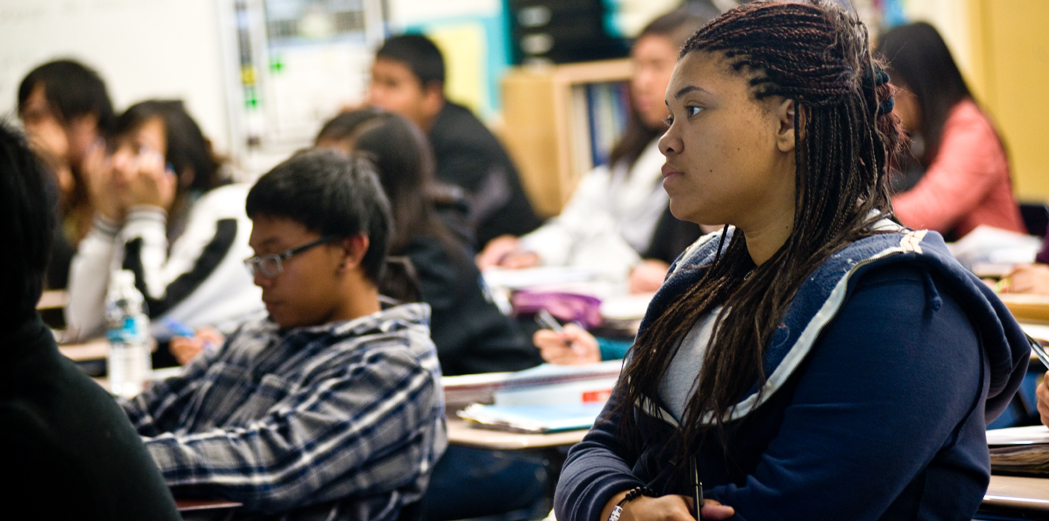Inside IWitness: "Voyage of the St. Louis: From Hope to Despair"

Inside IWitness is an ongoing series that will profile each activity in IWitness, along with a clip featured in the activity and a teacher who uses IWitness in his or her classroom.
Students learn about the plight of the refugees who attempted to flee Nazi Germany on the M.S. St. Louis and reflect on the world’s response to the voyage and its implications for today in Voyage of the St. Louis: From Hope to Despair.
First, students read the basic story of the St. Louis’s failed voyage to Cuba and the United States in 1939. After reading, they write about what they think life must have been like for the refugees who made the journey to safety and then were forced to return to Europe.
Next, a clip from Liesl Loeb’s testimony reveals the strict immigration quotas that dictated how many German Jews were allowed to immigrate to America at that time. Students consider the significance of high and low quota numbers.
A fascinating clip of Sol Messinger reveals more about conditions on the ship and what happened once the ship arrived in Havana on May 27, 1939. Messinger describes how the captain and crew cared for the passengers and treated them respectfully, which was a huge change from how life had been for Jews in Poland. After watching the clip, students write about what the captain’s kindness says about him as a person, and how the passengers first felt hope and then despair.
The activity continues with a photograph of a family at dinner aboard the St. Louis. Students are asked to focus on one person in the photo and think about how he or she must have been feeling when the photo was taken based on their expression and body language. They also decide at what point during the journey they think the photo must have been taken.
Finally, students construct their own videos using testimony clips, photographs and documents about any point in the St. Louis’s voyage that interests them: preparing to leave Germany; the voyage to Cuba; being in limbo; or returning to Europe.
The activity can be used alone or as an extension to Echoes and Reflections' Lesson 9: Perpetrators, Collaborators, and Bystanders.